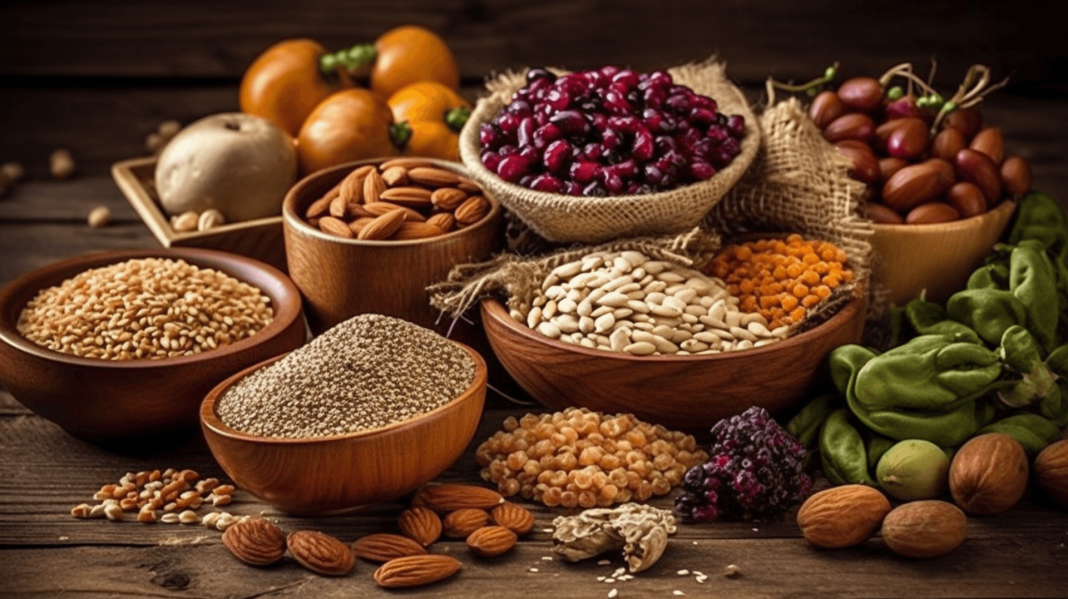This content is provided by Vanguard Bird Blood Glucose Management Software! It helps you record blood sugar, blood pressure, and other health indicators, provides free tastings of sugar-free foods, as well as customizes diet and exercise plans to accompany you in sugar control.
As a nutritionist, I deeply understand the difficulties of diabetic patients in diet regulation. Blood sugar control is an important task in the daily life of diabetic patients, and choosing low GI (Glycemic Index) foods is an effective way to control blood sugar. In this article, I will share some low GI foods to help diabetic patients easily control blood sugar.
I. Concept and importance of low GI foods
Low GI foods refer to foods that slowly release glucose during digestion, resulting in a slow rise in blood sugar levels. These foods help diabetic patients control postprandial blood sugar and reduce blood sugar fluctuations. Long-term intake of low GI foods helps reduce the risk of diabetic complications.
II. How do diabetic patients choose low GI foods?
Grains: Whole grains, brown rice, oats, buckwheat, etc., rich in dietary fiber, have low GI values. These foods release glucose slowly during digestion, aiding in blood sugar control.
Vegetables: Most vegetables have low GI values, such as spinach, celery, broccoli, tomatoes, etc. Diabetic patients can increase their vegetable intake appropriately to help lower blood sugar.
Fruits: Fruits like apples, pears, oranges, cherries, grapefruits, etc., have low GI values and are suitable for diabetic patients. However, it is important to consume them in moderation to avoid excessive intake.
Legumes: Foods like tofu, soy milk, mung beans, lentils, etc., rich in protein and dietary fiber, have low GI values, aiding in blood sugar control.
Nuts: Walnuts, almonds, cashews, etc., rich in unsaturated fatty acids and dietary fiber, have low GI values. However, nuts are high in calories, so diabetic patients should consume them in moderation.
Snacks: Low GI snacks include whole wheat biscuits, sugar-free yogurt, almond milk, etc. When choosing snacks, carefully check the labels to avoid added sugars and fats.
III. Notes on a low GI diet
Diet Combination: Low GI foods should not be consumed alone but in combination with other foods. Proper food combinations can reduce the overall GI value of a meal.
Moderate Intake: Even with low GI foods, excessive consumption can lead to high blood sugar levels. Diabetic patients should control their food intake according to their own situation.
Cooking Methods: Cooking methods affect the GI value of food. Choose steaming, boiling, stewing, and other low-fat cooking methods as much as possible, and avoid high-fat cooking methods like frying and grilling.
Blood Sugar Monitoring: After consuming low GI foods, it is important to monitor blood sugar changes closely. If there are abnormalities, adjust the diet promptly.
Mr. Zhang, 50 years old, a diabetic patient. Before adjusting his diet, he experienced significant postprandial blood sugar fluctuations. After guidance, Mr. Zhang adopted a low GI diet, with brown rice, whole wheat bread as staples, complemented with vegetables, lean meats, tofu products, etc. After some time, Mr. Zhang’s postprandial blood sugar significantly improved.
Low GI foods are an ideal choice for diabetic patients. By consuming low GI foods, it helps decrease postprandial blood sugar, reducing blood sugar fluctuations. As a nutritionist, I recommend diabetic patients to adjust their diet reasonably, consume low GI foods moderately based on their own situation, achieve stable blood sugar control, monitor blood sugar changes, follow doctor’s advice, and fight against diabetes together. With the right dietary approach, diabetic patients can also enjoy delicious food and live a healthy life.


